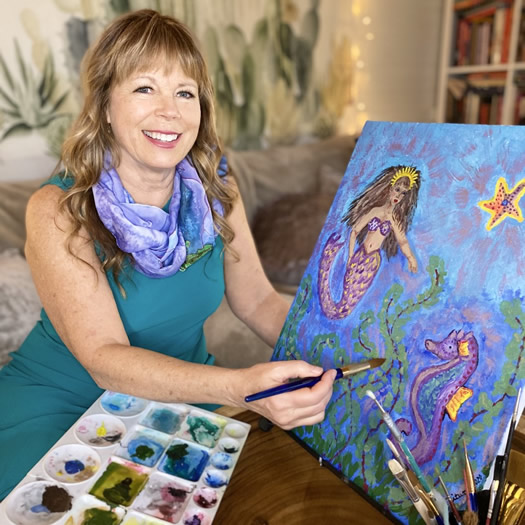Art Therapy
“I am no artist,” she says nervously, holding a paintbrush in her hand and looking at me like I am about to torture her.
“This isn’t about being an artist,” I tell her gently. “It’s about letting the part of your brain that needs to talk to us about unseen wounds speak its truth. It can do it better with colors and images than with words. Some of your wounds happened when you were too young to talk about them.”
She sighs and begins to put paint to paper. The colors she chooses speak volumes about the pain that has been trapped inside for decades. Black clouds and red flames coming from a window, deep purple clouds blocking the sun, a tiny girl in the very corner of the paper with no mouth: the feelings of abandonment and grief flow out through the brush and bring the pain onto the canvas and into the daylight where the trauma can be healed.
Art therapy has been around for a long time, with art being used in psych hospitals in the 40s and 50s to help patients express their feelings. Margaret Naumburg, a 20th century psychologist helped establish art therapy as a discipline, calling it “dynamically oriented art therapy.”
Counselors the world over are finding that art therapy helps people discover things about themselves as they process feelings and emotions that are otherwise very hard to express.
People with PTSD that have frightening flashbacks and nightmares are, through expressive art, finding the strength to begin the healing process without having to relive the traumatic experiences.
Visit Border Mountain
Our art therapy involves painting, sculpture, writing, and expressive movement to help our folks thaw out and express the frozen grief and pain holding the emotional trauma inside. This lets the trauma heal and sets the person free to create a life that isn’t revolving around unhealed wounds.


